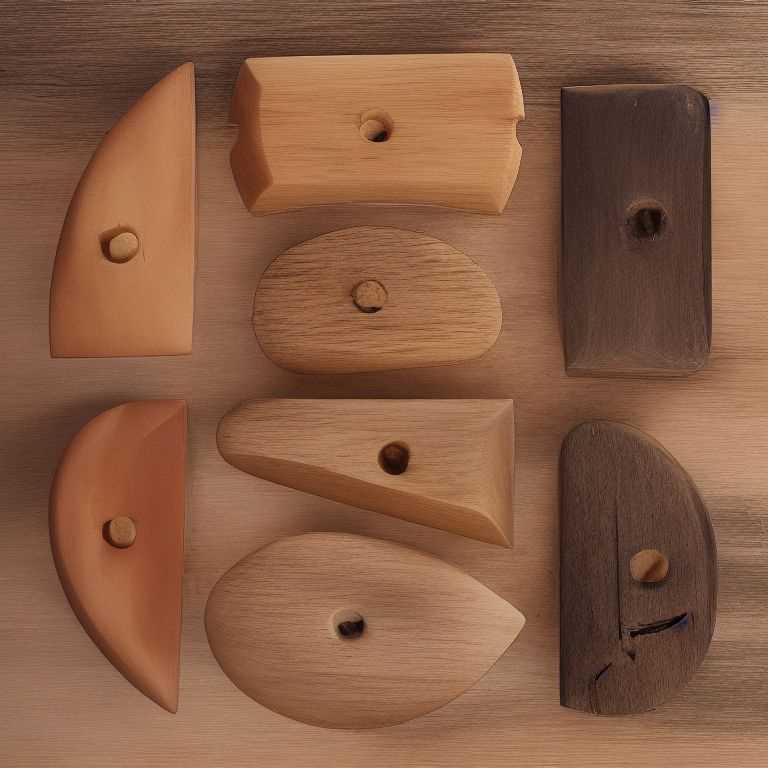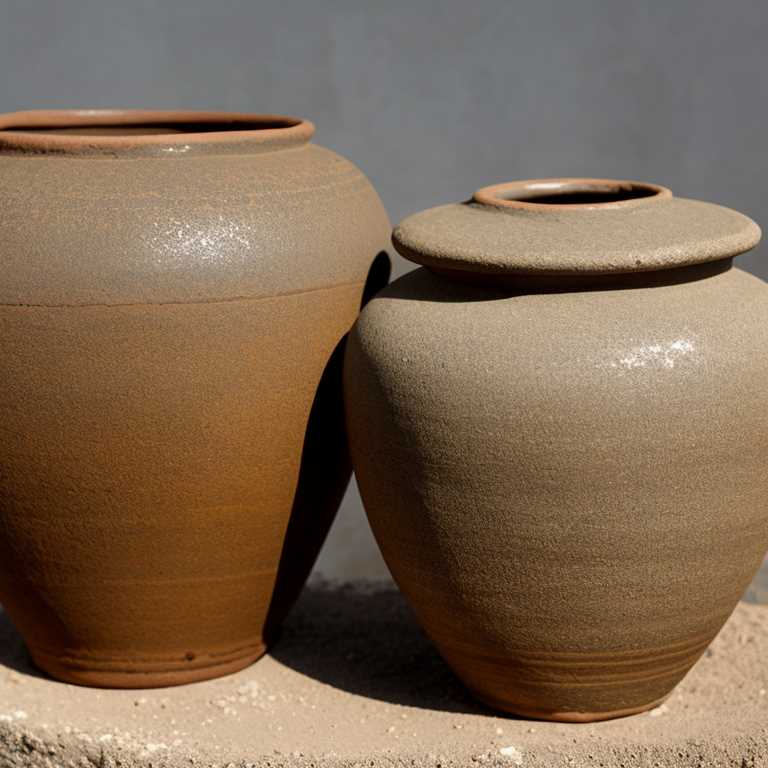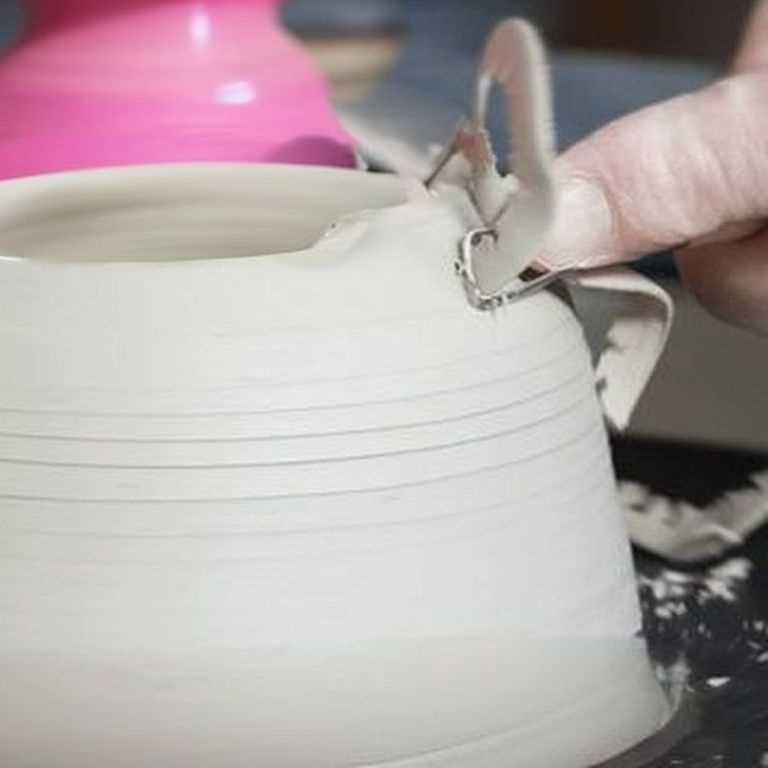Pottery is an ancient and fascinating art form that has been around for thousands of years. It is the creation of objects made from clay, which are fired at high temperatures to make them hard and durable. Pottery has been used for a variety of purposes throughout history, from functional items such as bowls and jars, to decorative pieces such as vases and sculptures. In this article, we will explore what pottery is made of and how it is created.
The primary ingredient in pottery is clay, a naturally occurring material that is formed from the weathering of rocks. Clay is composed of fine particles of minerals such as kaolinite, illite, and montmorillonite, which give it its plasticity and ability to be shaped. The mineral content of clay can vary depending on the location and type of rock from which it is formed, resulting in different types of clay with varying properties.
There are many different types of clay, each with their own unique characteristics and uses. Some of the most commonly used clays in pottery include earthenware, stoneware, and porcelain. Earthenware is a low-fired clay that is porous and often used for decorative items. Stoneware is a high-fired clay that is more durable and commonly used for functional items such as plates and bowls. Porcelain is a type of clay that is fired at extremely high temperatures, resulting in a translucent, delicate finish.
To create pottery, the clay is first mined or collected from the ground. It is then processed to remove any impurities and to make it more workable. This process is known as wedging or kneading, and involves kneading the clay to remove any air bubbles and to create a smooth, uniform texture.
Once the clay is prepared, it can be shaped into a variety of forms using a variety of techniques. Hand-building is one popular technique, which involves shaping the clay by hand using tools such as a wooden spoon or a potter's wheel. Another technique is slip-casting, which involves pouring liquid clay into a mold to create a specific shape.
After the clay has been shaped, it is left to dry to the point where it is no longer pliable, but still porous. This is known as the greenware stage. At this point, the pottery can be decorated using techniques such as glazing or painting.
Glazing is the process of applying a thin layer of glass to the surface of the pottery to make it waterproof and to add color and texture. Glazes are made from a variety of materials, including silica, feldspar, and metal oxides. They are applied to the pottery by brushing, dipping, or spraying, and are then fired at high temperatures to fuse with the clay and create a hard, durable surface.
Painting is another popular decorative technique, which involves applying a colored slip or underglaze to the surface of the pottery. This can be done using a variety of tools, such as brushes, sponges, or stamps. The pottery is then fired at a lower temperature to set the paint, before being glazed and fired again at a higher temperature to create a durable finish.
Once the pottery has been decorated, it is fired in a kiln at high temperatures to make it hard and durable. The temperature and duration of the firing process can vary depending on the type of clay and the desired finish. For example, earthenware is fired at a lower temperature than stoneware or porcelain, resulting in a softer finish.
Pottery is an ancient and fascinating art form that is made from clay. The primary ingredient in pottery is clay, which is composed of fine particles of minerals that give it its plasticity and ability to be shaped. There are many different types of clay, each with their own unique characteristics and uses. To create pottery, the clay is first mined or collected from the ground, processed, shaped, decorated, and fired in a kiln at high temperatures. The firing process is what makes the pottery hard and durable, and varies depending on the type of clay and desired finish.


